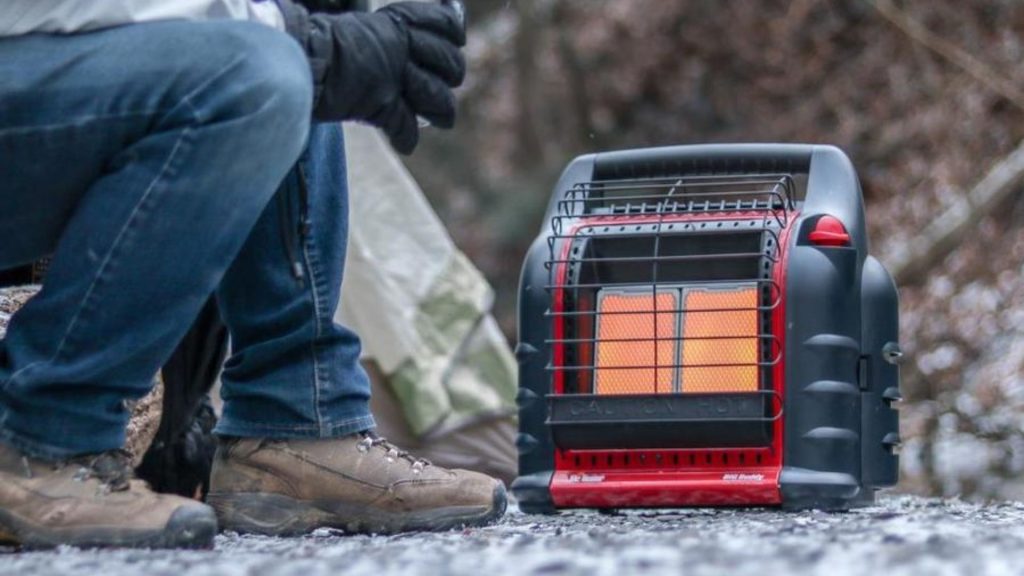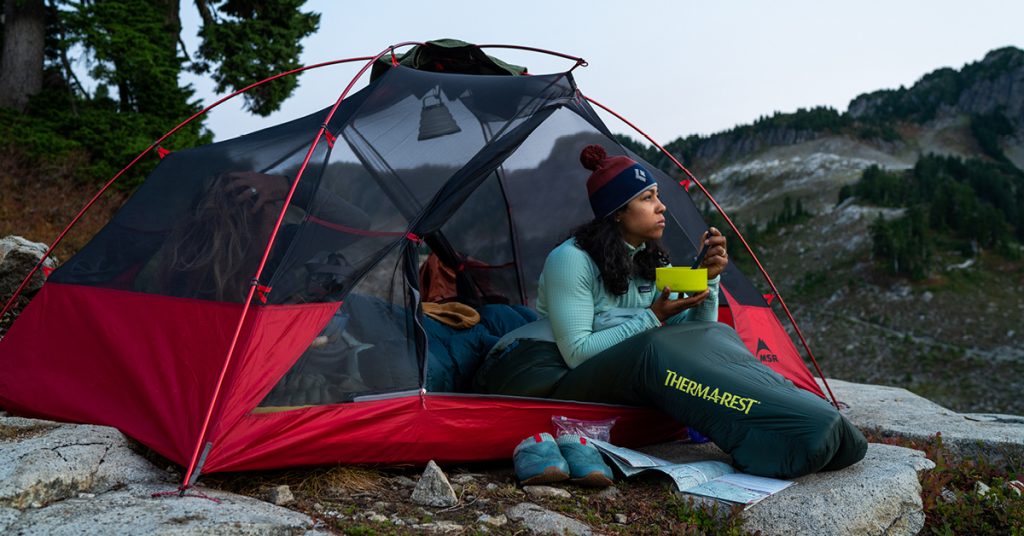Winter Camping Advice: How to Stay Warm Outdoors
Winter camping entails frigid temperatures; there’s no way around it. But don’t let the thought of frostbitten digits deter you from pursuing an overnight ski tour or snowshoe excursion. You can remain toasty while having the time of your life in the mountains and get the rest you need to tackle the next day’s mission with the following tips I will discuss in the following paragraphs of camping advice.
Get a Camping Heater

To have the greatest winter camping experience that lasts longer than a day on the mountain, you will need an efficient and reliable heater for camping that will allow you to decompress and warm up in the morning. For instance, you may acquire a Lithium Tent Heater that can be recharged in 4-5 hours from dormant, allowing you to rapidly recharge and continue your vacation. The radiator can also be charged via a DC Lead or AC adapter (sold separately) while in use.
Nonetheless, always consult the heater’s manual for placement instructions. You should place the device on a robust, horizontal surface at least one metre away from anything that could melt or catch fire. With adequate ventilation, it is safe to use tent heaters designed for indoor use.
In order to function correctly, combustion burners require a sufficient supply of fresh air. This implies that you must create an airflow in your shelter. Although it may seem counterintuitive to open tent window flaps in the winter, venting is the only secure method to operate tiny tent heaters.
Most models come equipped with an adjustable thermostat that allows you to control the temperature with the flick of a switch. The exact design and features will depend on the model, so be sure to read through the specifications before purchasing a certain model. You could also opt for a heater for camping with an automatic shut-off that turns off the device when the desired temperature is achieved. This way, you can rest assured that you’ll be safe and warm for as long as needed.
Dress in Layers
First things first: dress to impress when camping in frigid weather. Multiple layers of clothing, such as base layers, mid-layers, puffies, and shell vests, give you greater control over your body temperature regulation. As you go about your daily activities, you will generate body heat.
It’s essential to prevent sweating because, as it evaporates, sweat cools, creating a chilly cocoon around you. Managing your body heat by continuously adding and removing layers prevents you from perspiring as much as possible, which is essential for staying warm during winter excursions.
Have a Pair of Dry Clothes Ready
As soon as camp is built and you’re ready to settle in for the night, remove your perspiration garments. Although it may be difficult to disrobe in severe conditions, you will be glad you did. Putting on dried clothing (including hosiery) restores your warmth. Then, add as many layers as you need to feel cosy and warm. Complete the ensemble with a parka-quality fleece.
On the coldest evenings, it may be prudent to wear a hardshell jacket over your puffy coat because shell jackets retain heat exceedingly well. There is no disgrace in sleeping in a hard carapace if it results in a restful night. Camping in the snow, a woman prepares her sleeping system with two Therm-a-Rest air mattresses and a sleeping blanket for added warming.
Bring 2 Sleeping Bags (If Possible)

Two pillows provide greater insulation and warmth than one. The warmth (technically, the thermal resistance) of a pad is determined by its R-value, and the good news is that the R-values of two pads add up to provide combined insulating power. On top of a closed-cell foam pad with reflective fabric is a winter-grade air sleeping mattress with reflective fabric. It is difficult to find a toasty lightweight, packable sleeping system than this.
Layer up Your Sleeping Pad
While there are many reasons to make camping a part of your life, It can be difficult to find winter clothing that is both lightweight and compact enough for an overnight knapsack. This is where adding a featherweight quilt to your winter sleeping bag can be a game-changer.
Modern materials make sleeping bags and quilts more lightweight and efficient than ever before. A featherweight quilt provides insurance against the harshest of nights, delivering that additional layer of ultralight warmth that can make all the difference, for a negligible weight penalty.
Strategically Place a Hot Bottle Next to You
Instead of filling a container with hot water and positioning it at your feet, as is commonly recommended, place the bottle at your groyne. From this position, it will heat the blood that circulates throughout the body, reaching all of the extremities and warming up the entire body more quickly. The difference is noticeable, and this may be the first camping tip you pass on to the next camper. Remember to exercise caution when handling hot water, as it is simple to burn yourself, and to tighten the lid to prevent leakage.
Keep Your Head Covered
Did you know that you lose a lot of body heat through just the skin on your head? That’s why coveringit’s one of the quickest methods to increase your body temperature, but beanies and garment hoods tend to fall off at night. A balaclava, on the other hand, remains in place and traps this laboured-over heat. In addition, it has a ventilation opening for respiration. For maximum warmth as you drift off to sleep, wear it under a balaclava or hood.
Properly Ventilate Your Tent
In winter, it may seem counterintuitive, but ventilation in your tent is crucial. You exhale heated vapour as you breathe inside the tent. When these water droplets contact the chilly tent fabric, condensation forms, which then solidifies. Opening your tent’s ventilation, even partially, prevents you from waking up in an icebox of frost, which will later melt and make you wretched.
Eat and Hydrate Well
Your body consumes calories to maintain its temperature, so frequent nibbling on healthy snacks keeps your internal furnace running. At night, high-fat and high-protein foods consume more slowly than high-carbohydrate foods, sustaining you (and keeping you toasty) for longer.
Additionally, hydration is crucial to how well your body functions in the weather. Allowing yourself to become dehydrated hinders your ability to maintain body temperature. A balanced water consumption reduces fatigue and keeps your brain sharp and bodily functions going.
